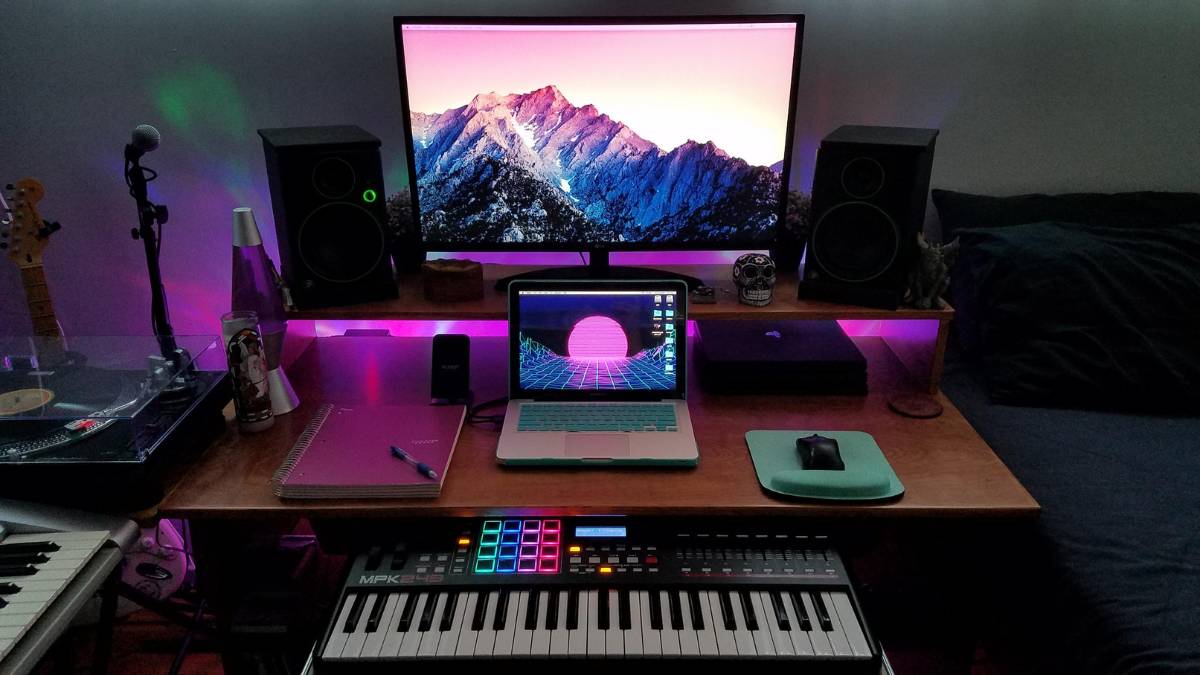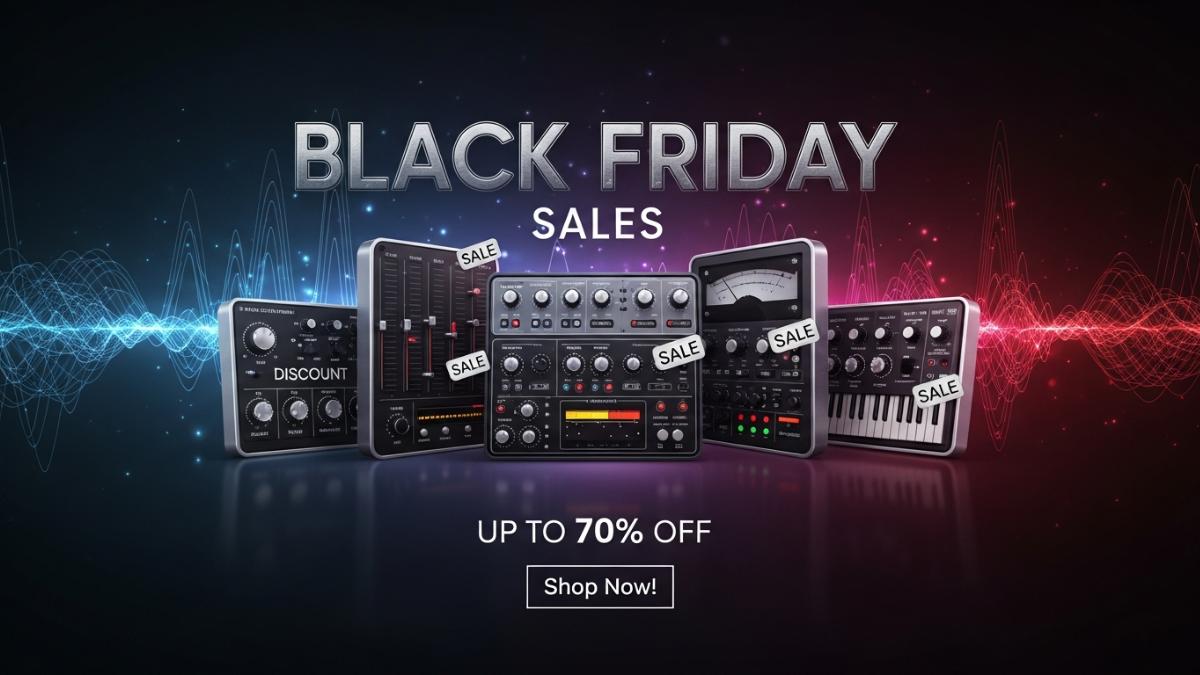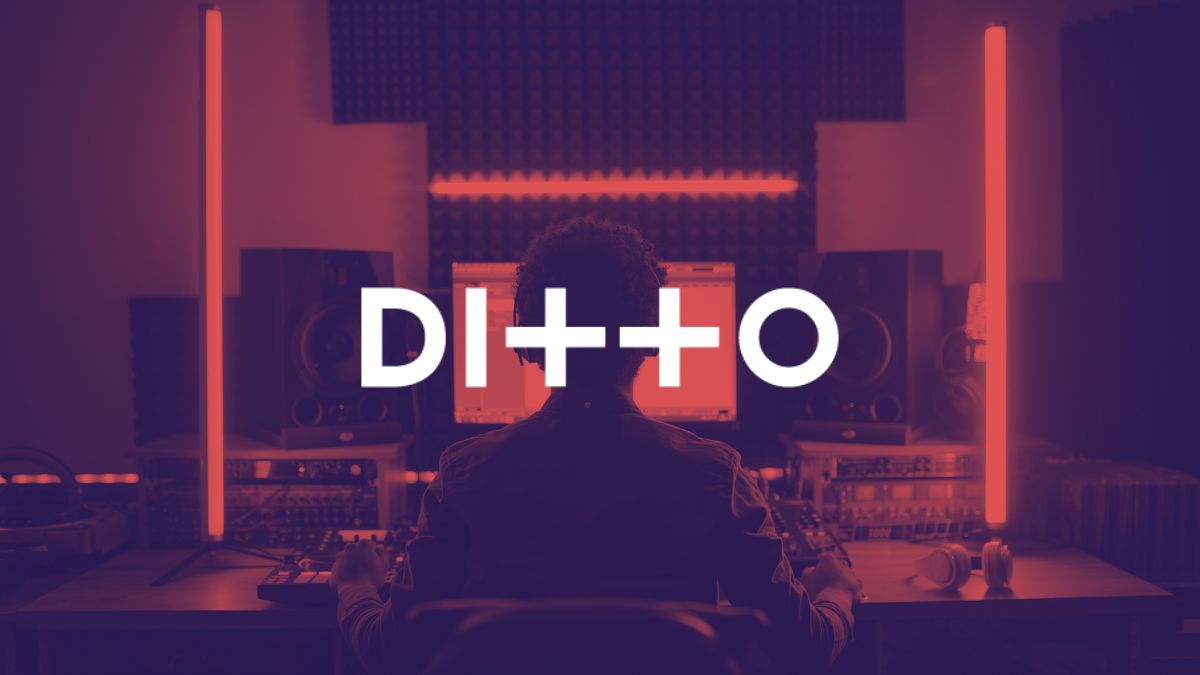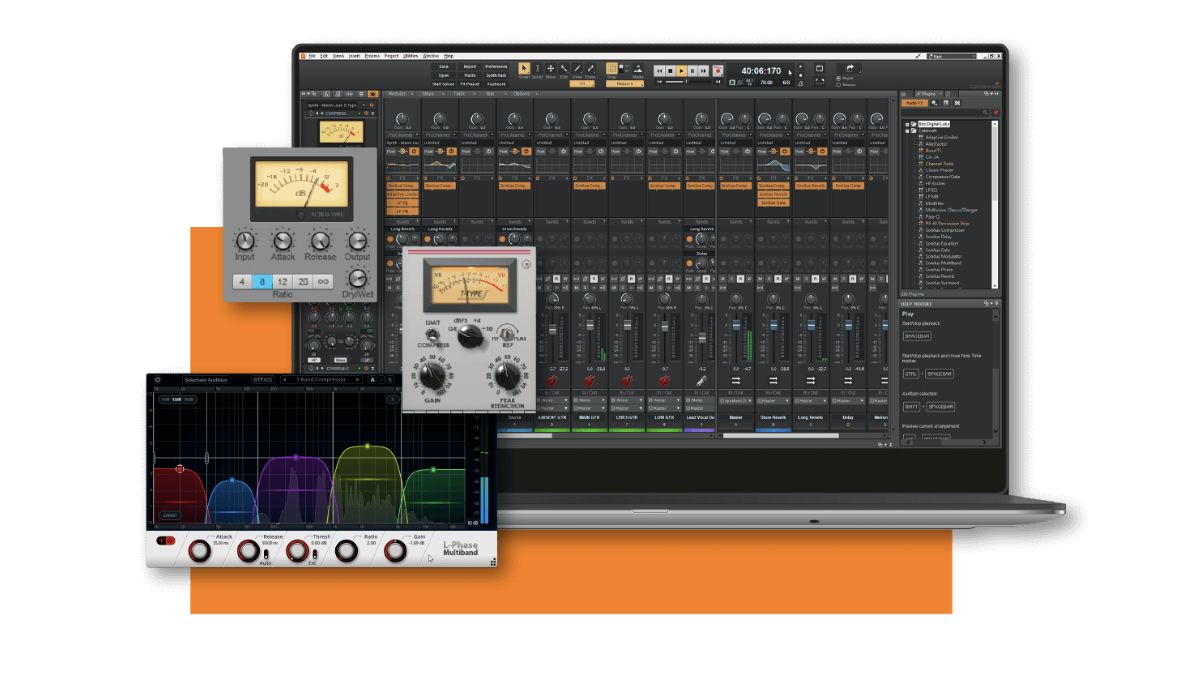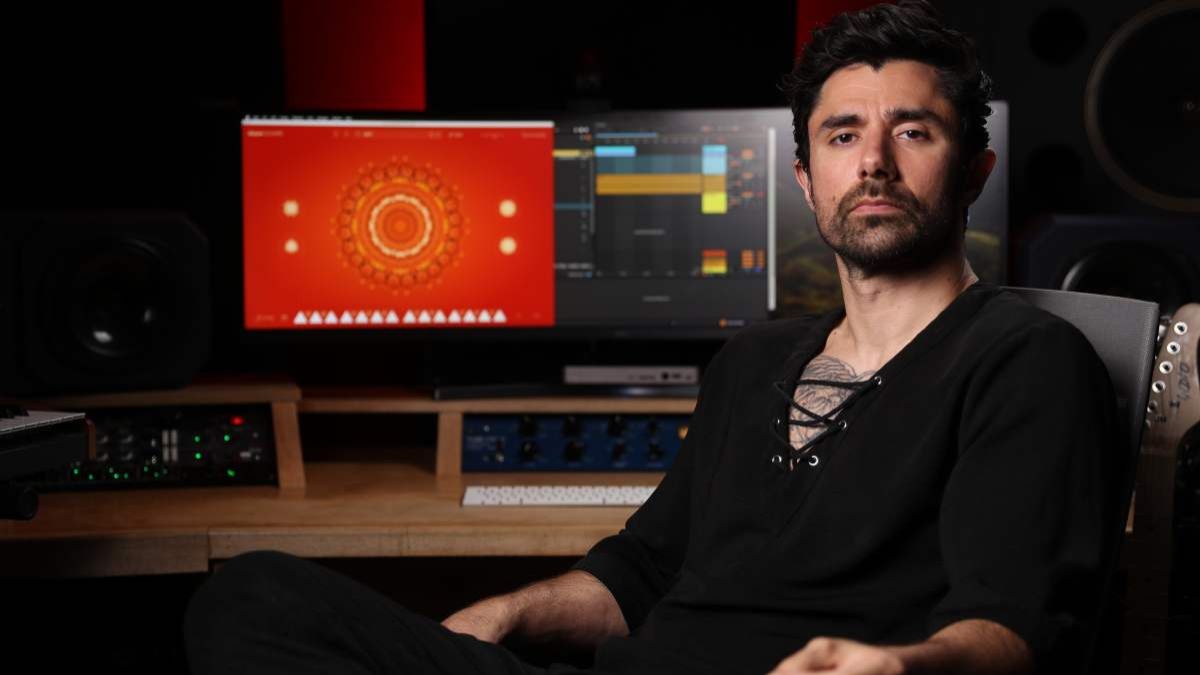If you’ve ever wanted to make music from the comfort of your own home, bedroom production is the way to go.
With the right tools and a little know-how, you can create professional-quality tracks in your bedroom studio.
This guide is designed to help beginners set up their home studio and start producing music right away.
1. Setting Up Your Bedroom Studio
The first step to mastering bedroom production is creating a comfortable and functional space. You don’t need a huge room, but you should focus on making your environment conducive to creativity.
Choose the Right Space
Pick a spot in your bedroom where you can focus without distractions. It doesn’t have to be a huge room, but it should be a quiet, dedicated area for your music production. Make sure there’s enough space for your gear, and consider your room’s acoustics to avoid unwanted sound issues.
Organize Your Gear
Keep your equipment organized and within easy reach. A clean workspace allows you to focus on the creative process. You don’t need a lot of gear to get started—just the essentials.
2. Essential Gear for Bedroom Production
As a beginner, you don’t need to break the bank on equipment. Here’s what you’ll need to start producing:
Computer
A computer is essential for bedroom production. Whether you choose a Mac or PC, make sure your computer has enough processing power to run music production software smoothly. Ideally, it should have at least 8GB of RAM and a fast processor.
Digital Audio Workstation (DAW)
A DAW is where the magic happens. This software lets you record, edit, and mix your music. Popular DAWs include Ableton Live, FL Studio, Logic Pro, and GarageBand. Many DAWs offer free trials, so you can try them out before deciding which one works best for you.
Audio Interface
An audio interface is a piece of equipment that connects your instruments and microphones to your computer. It also improves sound quality. A basic audio interface is a good starting point and won’t cost too much.
Headphones and Studio Monitors
Accurate sound monitoring is key to bedroom production. Good headphones or studio monitors (speakers) will help you hear your tracks clearly. While headphones are great for late-night sessions, studio monitors are better for mixing your music in a controlled environment.
MIDI Keyboard
A MIDI keyboard allows you to play and record melodies, drums, and other instruments digitally. It’s a helpful tool for creating music without needing traditional instruments.
3. Software and Plugins
Your DAW will come with built-in tools, but you may want to add plugins to expand your options. Plugins are virtual instruments or effects that can help you create different sounds.
Many plugins are available for free, so you don’t need to spend a lot to get started. Some popular free plugins include Synth1 (a synth) and Reaper’s ReaPlugs.
4. Learning the Basics
Once your setup is ready, it’s time to start making music. Don’t worry about being perfect at first. Here are a few basic tips for getting started:
Start Simple
Begin by creating simple beats or loops. Experiment with different sounds and learn how to use the tools in your DAW. As you get more comfortable, you can start making more complex tracks.
Learn About Mixing
Mixing is the process of adjusting the levels of different sounds in your track. It’s important to balance the volume, EQ, and effects so each element can be heard clearly. There are many online tutorials and free resources available to help you improve your mixing skills.
Practice Consistently
Like any skill, producing music gets better the more you practice. Spend time learning new techniques, experimenting with sounds, and creating music regularly. Over time, your production skills will improve.
5. Expanding Your Setup
As you progress, you may want to expand your bedroom studio. Some options include adding more instruments, upgrading your audio interface, or investing in better studio monitors. The key is to build your setup gradually, focusing on what will help you create the music you want to make.
Bedroom production allows you to create high-quality music without a large budget. With the right gear, a good DAW, and a bit of practice, you can turn your bedroom into a music production studio.
Start simple, keep learning, and most importantly, have fun creating music in your home studio!

